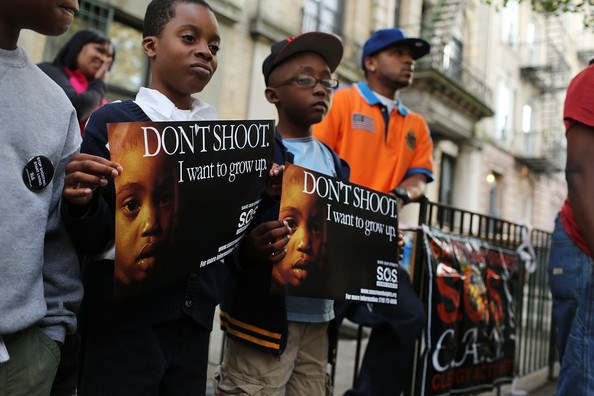At least 127 community events held; 124 high-risk individuals helped; and 206 conflicts mediated.
These numbers give insight to the Cure Violence method's impact on Brooklyn over the past year. Although the final numbers for 2016 have yet to be officially released, New York City's Cure Violence initiative, led by the Department of Health and Mental Hygiene, seems to show a promising impact on the boroughs, particularly in Brooklyn.
First introduced to New York in 2009 and expanded citywide by Mayor Bill de Blasio in 2014, Cure Violence is a global initiative aimed at stopping the spread of violence. Unlike other violence prevention programs, Cure Violence views violence as a curable health issue rather than actions committed by "bad people." This organization tackles violence the same way doctors tackle a disease like Ebola: it finds and treats the people at the highest risk and aims to stop it at the source.
Although this method is unique, this mindset is not new. The Center for Disease Control first popularized this view among the healthcare community in the 1980s when it set up its Violence Epidemiology Branch. Up until recently, however, this approach has taken a backseat to efforts to legislate guns violence.
"The science has always been there to say that you can prevent homicides; you can prevent premature mortality that come as a result of any types of forms of violence," Assistant Commissioner for the Center for Health Equity Javier Lopez said. "Where we're at now, we actually feel the confidence to make that known to the local public and to the general media across the country."
Instead of battling gun lobbyists over legislation, the Cure Violence initiative allows Lopez and other city officials to create change from within the communities affected by gun violence. With the help of the city's Department of Health and the Mayor's Office of Criminal Justice, Cure Violence has 18 sites set up across New York City, with six sites in Brooklyn.
Each site is equipped with a program manager, outreach workers and several violence interrupters, who use their own experience with violence to communicate with people and deescalate potentially violent situations.
Lopez recalled a recent visit to a site in Brooklyn where someone came in worried about how they were going to support their pregnant girlfriend: "They were at wit's end," Lopez said. "They were thinking about sticking some people up and doing what they had to do to get something for their girlfriend." A violence interrupter steered the person towards job training programs and a possible construction job, showing them that they had more options available to them than picking up a gun.
When violence does occur in a community, Cure Violence workers are there to help in the aftermath. A few hospitals around the city, including Kings County Hospital, function as "hospital responder sites." They alert violence interrupters whenever a person has been admitted to the hospital due to something violence-related.
As Lopez described, "A person gets shot. They go to the hospital. Sometimes the elements of why they got shot come to the hospital with them. There may be people in the hospital waiting room, or maybe in the ER, waiting to retaliate." The job of the violence interrupter at that moment is to deescalate the situation to prevent retaliation from occurring.
The Cure Violence sites and the NYPD have their own neighborhood relationships. Although the relationships between sites and police precincts vary, most center on mutual respect, according to Lopez.
"A lot times you will see respect being extended to both parties," he said. "They understand their roles within the community -- to prevent gun violence from occurring."




